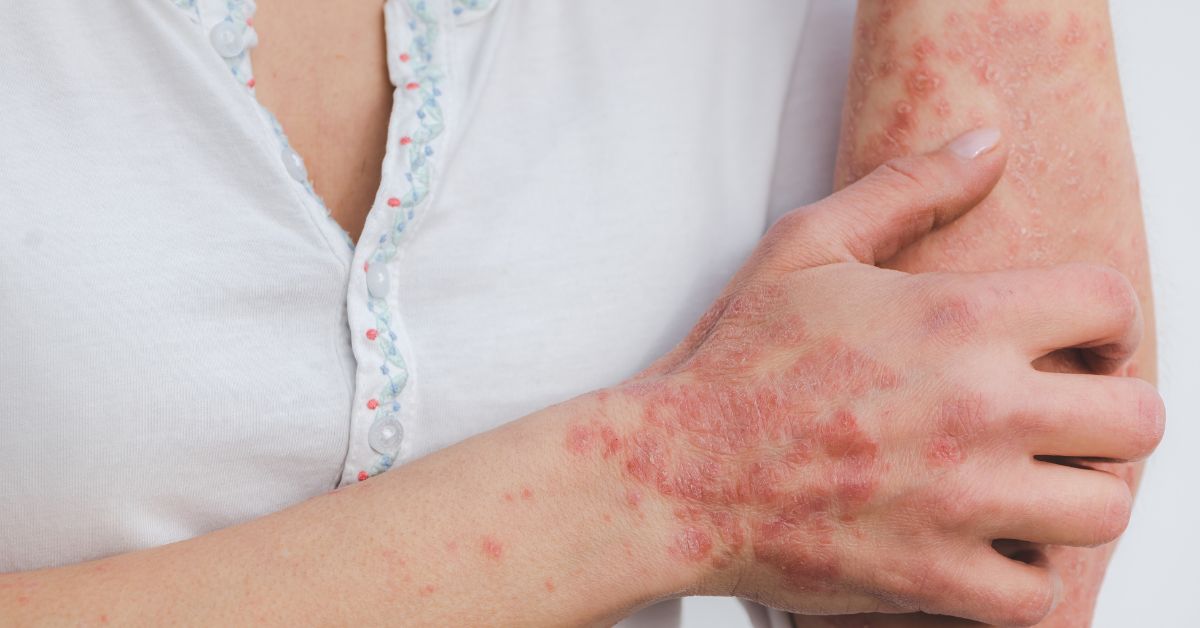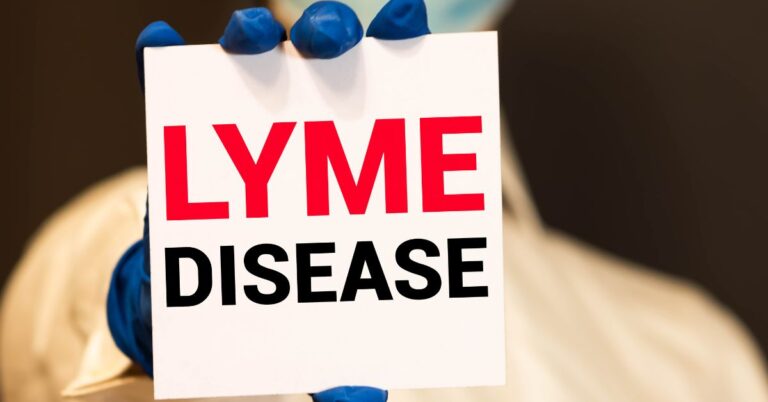Lyme Disease Symptoms in 2025: Early Signs You Shouldn’t Ignore
With the sweltering summer heat and longer outdoor days, more folks are venturing into nature. But guess what? Lyme disease cases in the U.S. are skyrocketing in 2025! This sneaky tick-borne illness is now at record levels, so doctors are urging us to stay on the lookout for its early warning signs.
Lyme disease symptoms are changing, and we’re not just talking about awareness. From feeling tired to having painful joints and brain fog, the early signs are sneaky, but catching them early is super important. Here’s what you need to know to stay safe in 2025.
What Is Lyme Disease, and Why Is It on the Rise
Lyme disease is a bacterial infection caused by a tick called Borrelia burgdorferi. It’s spread when an infected tick bites you. Dr. Paul Mead, the chief of epidemiology and surveillance for the CDC’s Lyme disease branch, says that climate change has made ticks more common and active. We’re seeing more infections in places where they weren’t before.
In fact, the CDC now estimates over 476,000 Americans are diagnosed and treated for Lyme annually (CDC Data). In 2025, that number is likely to rise further, with reports of tick-borne infections increasing even in urban and suburban areas.
2025 Lyme Disease Symptoms: What to Watch For
Lyme disease can be tricky to diagnose because its early symptoms can show up anywhere from 3 to 30 days after a tick bite and can vary a lot from person to person.
Common Early Symptoms:
- Fatigue and muscle aches
- Low-grade fever or chills
- Headaches
- Swollen lymph nodes
- Joint pain, especially in large joints like knees
- Brain fog or memory issues
- A bullseye-shaped rash (erythema migrans) at the bite site in 70–80% of cases
“We’re noticing more folks reporting non-specific symptoms like anxiety, dizziness, or feeling slow-witted in the early stages,” says Dr. Karen Vanderhoof, MD, an infectious disease specialist at Mount Sinai. “If you’ve been outside and start feeling ‘off,’ don’t ignore it!”
Recent Research: What New Studies Say About Lyme
A recent study funded by the National Institutes of Health (NIH) and published in JAMA revealed that taking antibiotics early, within two weeks of feeling sick, can slash the risk of Post-Treatment Lyme Disease Syndrome (PTLDS) by a whopping 60%.
A new study from The Lancet Infectious Diseases journal found that delayed treatment can cause neurological problems that last longer in 20% of patients. These problems can include facial paralysis, nerve damage, and brain fog that doesn’t go away.
Researchers are also working on super-fast diagnostic tools. Imagine blood tests that can spot Lyme disease within days of infection, instead of the usual weeks.
The Public Health Impact of Rising Lyme Disease Cases
Why should we care about Lyme disease beyond our health? Well, it’s becoming a big public health problem. Dr. Monica Shoff, MD, from the Mayo Clinic’s infectious disease division, says that the longer it takes to get diagnosed, the more likely the infection can spread to the heart, nervous system, and joints. So, we really need to raise awareness about Lyme disease now more than ever.
You won’t believe this, but areas that were once considered safe, like parts of Ohio, Michigan, and even Northern California, are now seeing a steady rise in tick bites and Lyme diagnoses. People are becoming more aware of the risk and are seeking testing for persistent and unexplained symptoms.
How to Protect Yourself From Lyme Disease in 2025
To avoid Lyme disease, start by preventing tick bites. Here are some CDC-recommended strategies to help you stay safe:
Outdoor Safety Tips:
- Wear long sleeves and pants when hiking or walking in wooded or grassy areas
- Apply EPA-registered insect repellent with DEET, picaridin, or oil of lemon eucalyptus
- Stick to the center of trails; avoid brushing against vegetation
- Check your skin (and your pets) immediately after being outdoors
- Shower within 2 hours of being outside to remove loose ticks
- If you find a tick, remove it with fine-tipped tweezers, pulling straight out
More prevention details available from the CDC Lyme Prevention Guide.
What to Do If You Suspect You Have Lyme Disease
If you’ve been in an area with ticks and feel tired, have a fever, or have joint pain, see a doctor right away. Blood tests for Lyme disease might not be accurate at first, but doctors can start treating you based on your symptoms and where you were. “The sooner you start antibiotics, the better your chances of getting better,” says Dr. Vanderhoof. “If you wait too long, you could have lingering symptoms that make it hard to live your life.”
Don’t Ignore the Warning Signs
Lyme disease is on the rise, and it’s more common and widespread than ever before in 2025. Paying attention to early symptoms like fatigue, brain fog, or a rash can make a big difference in whether you recover fully or struggle with health issues for months or even years.
Stay in the loop and take care of yourself when you’re outdoors. And if you think you might have Lyme disease, don’t hesitate to reach out to a healthcare professional. They’re there to help!
Check out the healthlynic ✔️approved range of products for Weight Loss, Improve metabolism and much more!







